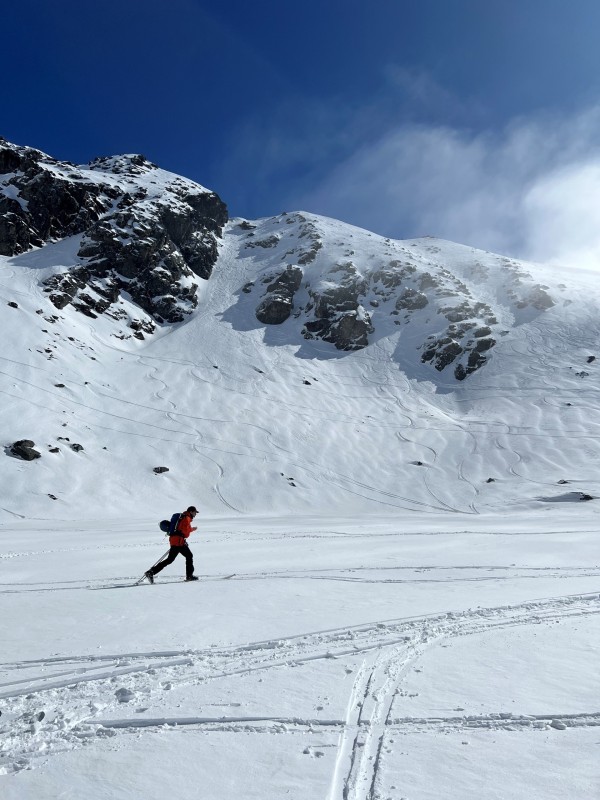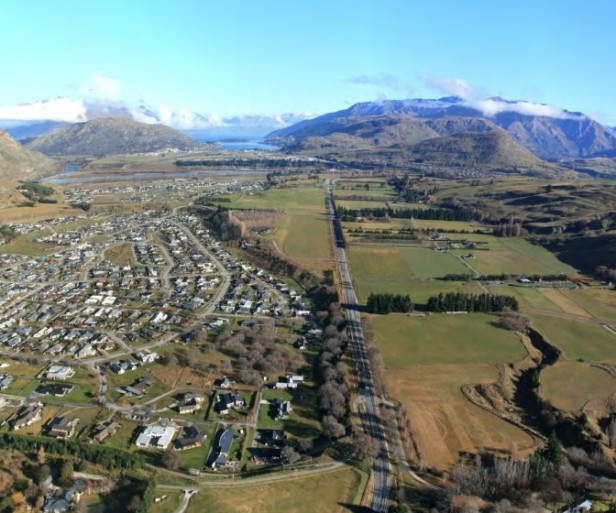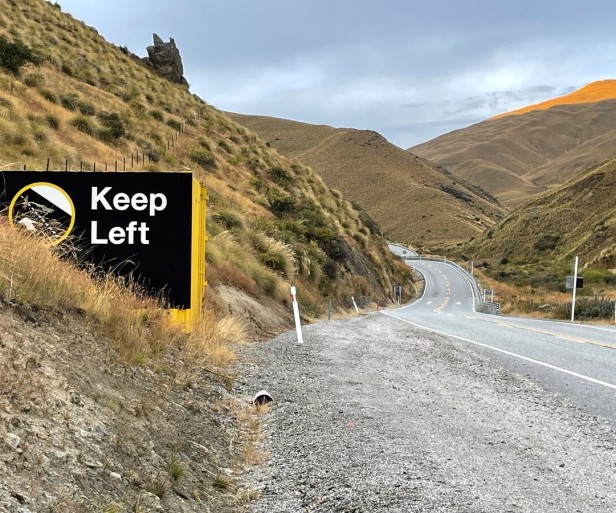Experts warn beware of avalanche risks

Local avalanche experts and Police are warning increasing numbers of inexperienced ski tourers heading into the hills to become avalanche savvy and safety conscious about the snowpack, especially in more easily accessed areas close to ski areas.
About 30 key Queenstown Lakes avalanche responders, ski area patrollers, heli-ski operators, Police and SAR representatives gathered in Wānaka yesterday (Wednesday, 5 May) to assess what resources will be needed for the season.
SAR Otago Lakes coordinator Senior Sergeant John Fookes says backcountry ski touring seems to have become increasingly popular during the past four years. “Predominantly our concerns are for those using the more easily accessible areas like the Upper Wye Creek and Doolan’s Basin, both of which are easily accessible from The Remarkables Ski Area.”

Backcountry ski touring is becoming increasingly popular
People can use the lifts to get to these areas outside the ski area boundaries and this easier access then brings more less experienced people into contact with more dangerous situations, Fookes says. “There are a lot of dangers that aren’t obvious to the lay person so don’t exceed your limits.”
There’s a greater number of less experienced ski tourers out in the backcountry, compared with 10 years ago, as it’s become so popular and he’s urging people to be prepared before heading into unpatrolled areas.
A large 3.5 magnitude avalanche close to the Remarkables Ski Area in the Doolan’s Basin last year had the potential to be “very destructive" and yesterday’s meeting looked at learnings from that.
Remarkables Ski Area snow safety officer Will Rowntree says thankfully nobody was injured in that avalanche but two out of the 10 people in the vicinity got caught up in it. “They triggered it. That’s the whole concern. There’s no avalanche problem until someone’s there. People can trigger avalanches moving across avalanche prone slopes.”
Checking the daily avalanche forecast via the Mountain Safety Council’s NZ Avalanche Advisory online is essential, as is checking the weather forecast. There’s good information on the Advisory about recognising signs of structure and stability. “Everybody should at minimum carry a transceiver, probe, shovel and backpack and know how to use them,” Rowntree says. “If you’re outside the patrolled ski area boundary you must take a transceiver and most people do.”
He's also urging people to take one to two day courses in avalanche safety offered locally through Queenstown Mountain Guides and Aspiring Guides in Wānaka. There are ways to recognise signs of instability in the snow and these courses are the best way to learn, he says.
If people are gaining access to the backcountry via a skifield they need to know the rules and guidelines about how to do that appropriately.
“Just because it’s early season and the snow is thin doesn’t mean there’s no avalanche risk,” Rowntree says. Different weather conditions affect the stability of the snow and after certain weather there can be a higher risk of a trigger.
Ski patrollers are also happy to answer questions about current conditions before people head up.
Ski touring and winter climbing have become a lot more popular in recent years, especially near The Remarkables, Cardona, Treble Cone ski areas and over the back of Coronet Peak. “There’s been a marked increase in the number of people heading into the backcountry, from their late teens and early 20s to their 60s,” Rowntree, an experienced avalanche forecaster, says. More social media content around backcountry ski touring and snowboarding is probably encouraging more people to give it a go.
However, when people move outside those marked boundaries they’re heading into more danger. “We’re seeing more people entering the backcountry without the correct training and we’re encouraging them to seek that training and information before going in.”









